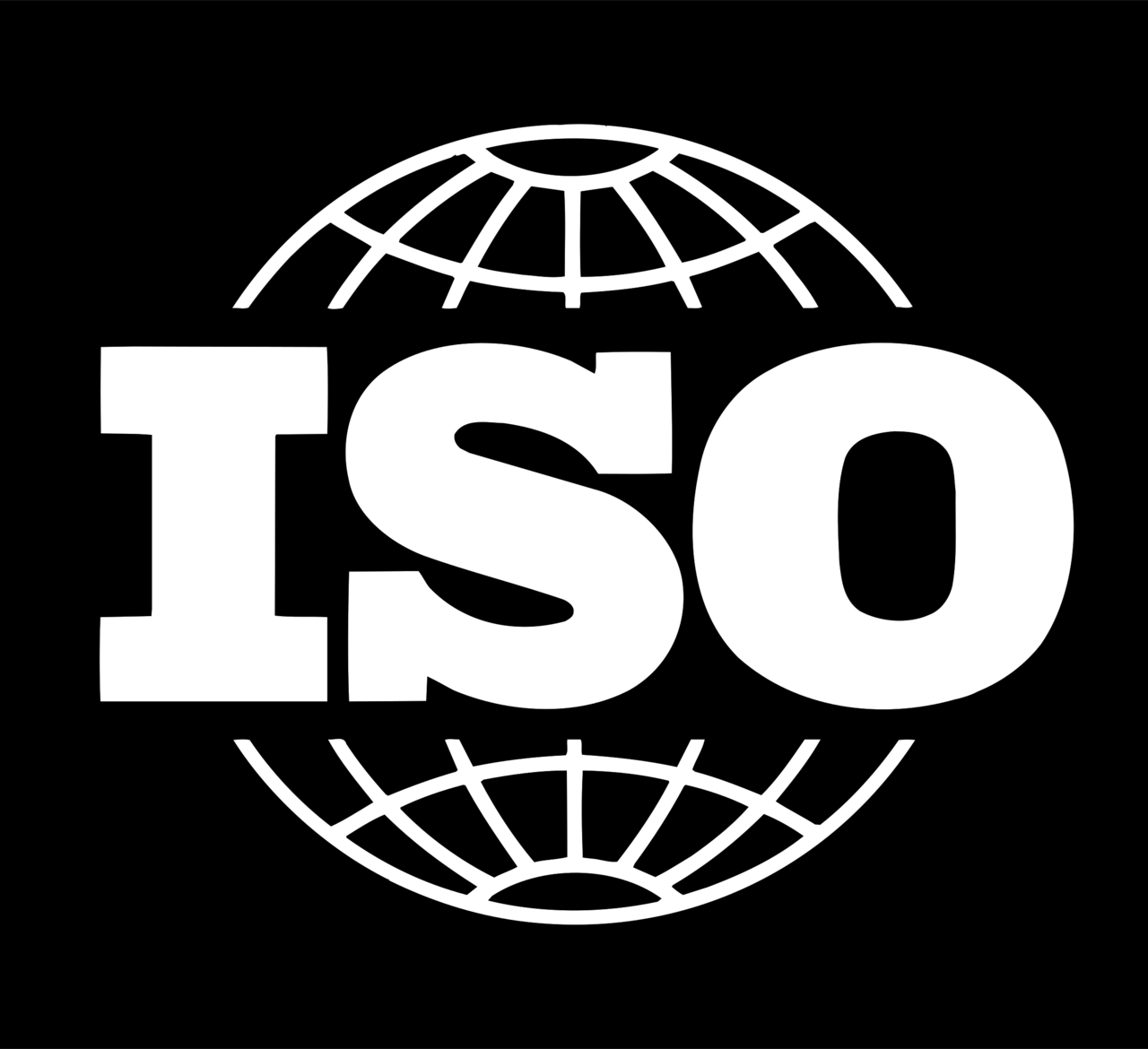ISO 45003:2021 Occupational health and safety management — Psychological health and safety at work — Guidelines for managing psychosocial risks was published yesterday. ISO 45003 provides guidance on the management of psychosocial risks and promotes well-being at work, as part of an occupational health and safety (OH&S) management system.
These guidelines are intended to be used in combination with ISO 45001, which contains requirements and guidance on planning, implementing, reviewing, evaluating and improving an OH&S management system. As we know, ISO 45001 states that the organisation is responsible for the OH&S of workers and others who can be affected by its activities. This responsibility includes promoting and protecting their physical and psychological health. My colleague, Finbarr Stapleton has already blogged on ISO 45003 and the purpose of this blog is to highlight the convergence of ISO 45001 and ISO 45003, which emphasise health, safety, and wellbeing support with the UN’s Sustainable Development Goals (SDGs). ISO 45001, for example, specifically addresses goals:
- 3 Good Health and Well Being
- 5 Gender Equality
- 8 Decent Work and Economic Growth
- 9 Industry, Innovation and Infrastructure
- 10 Reduced Inequalities
- 11 Sustainable Cities and Communities
- 16 Peace, Justice and Strong Institutions
You can check out this blog by clicking here.
Companies are increasingly referring to the SDGs and to the three Ps – People, Planet, Profit in pursuit of sustainable goals.
The 3 Ps
The term “3Ps” refers to a business model developed to encourage social responsibility and sustainability among businesses worldwide. The organisations who adopt these standards are known as “triple bottom line,” or TBL, companies.
People
A triple bottom line organisation takes steps to ensure that its operations benefit its employees as well as the community in which it operates. Implementing organisations are concerned, not just with providing adequate compensation to its work force, but also with creating a safe and pleasant working environment and helping employees find value in their work.
TBL companies actively seek positive ways to contribute to the community through activities, such as charitable contributions, education programs, and equal opportunity employment.
ISO 45001, ISO 45003 and ISO/PAS 45005:2020 (Occupational health and safety management — General guidelines for safe working during the COVID-19 pandemic) play a significant role in promoting the “People” pillar insofar as the intended outcomes of the OH&S management system are to prevent work-related injury and ill health to workers, and to provide safe and healthy workplaces. Psychosocial hazards relate to how work is organised, social factors at work and aspects of the work environment, equipment and hazardous tasks.
For the organisation, the impact of psychosocial risks includes increased costs due to absence from work, turnover, reduced product or service quality, recruitment and training, workplace investigations and litigation, as well as damage to the organisation’s reputation.
Effective management of psychosocial risk can lead to benefits such as improved worker engagement, enhanced productivity, increased innovation and organisational sustainability.
Planet
A TBL company avoids any activities that harm the environment and looks for ways to reduce any negative impact its operations may have on the ecosystem. It controls its energy consumption and takes steps to reduce its carbon emissions. Many TBL companies go beyond these basic measures by taking advantage of other means of sustainable development, such as using renewable energy. Many of these practices actually increase a company’s profitability while contributing to the health of our planet.
Profit
In the past, profitability was considered the only important factor in a company’s bottom line, but businesses today have had to expand their thinking in this regard.








